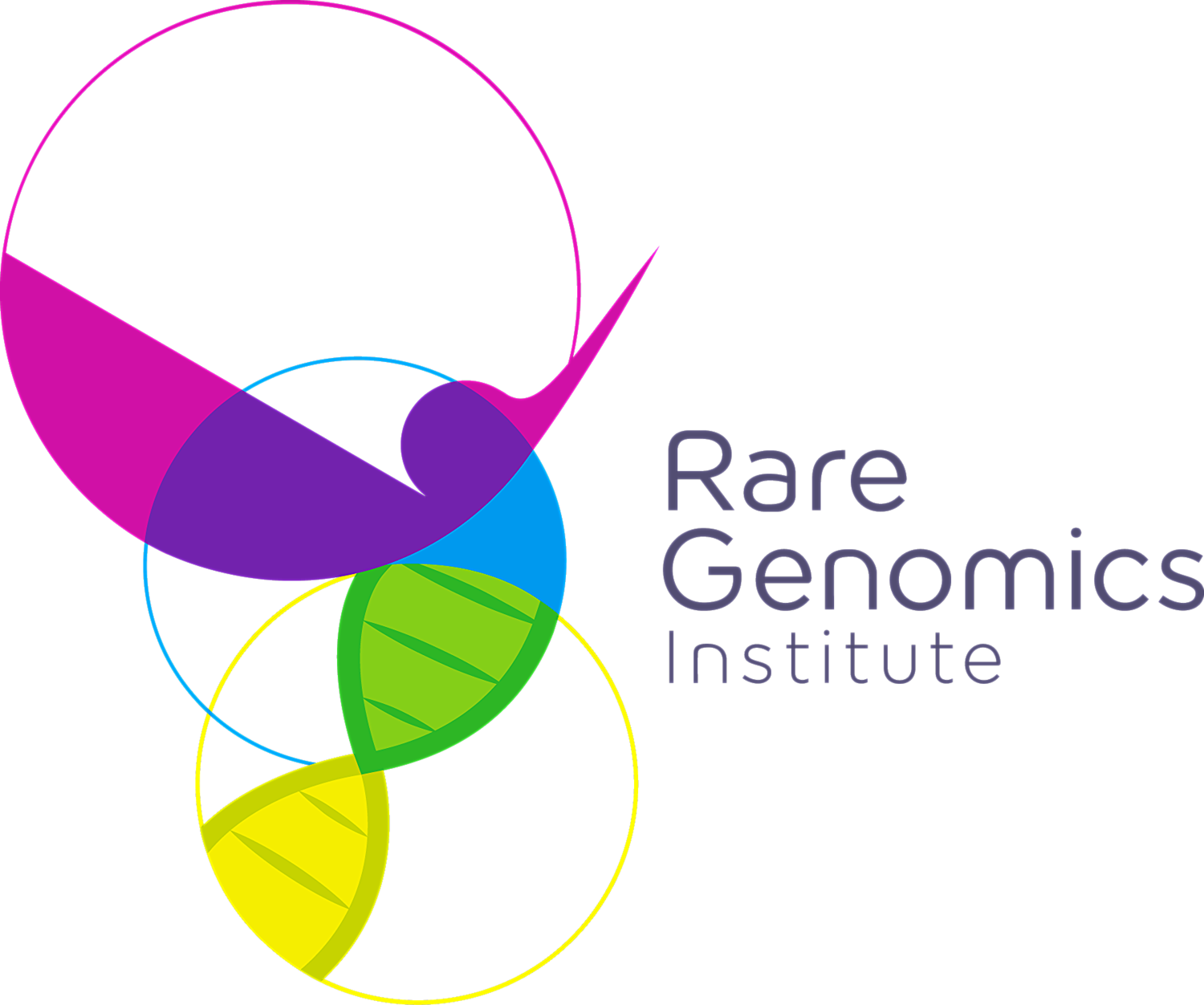Hereditary Spastic Paraplegia (HSP)
What is Hereditary Spastic Paraplegia (HSP)?
Hereditary Spastic Paraplegia (HSP) is a group of rare genetic disorders that cause progressive muscle stiffness and weakness, primarily affecting the lower limbs. The hallmark of HSP is lower extremity spasticity and progressive gait disturbance due to degeneration of the corticospinal tract neurons responsible for voluntary movement. In HSP, patients experience muscle tightness, difficulty walking, and balance problems, with severity varying depending on the genetic subtype. Non-neurological symptoms can also present including seizures, dementia, muscle atrophy, ataxia, intellectual disability, peripheral neuropathy, extrapyramidal disturbance, gastroesophageal reflux, Dupuytren’s disease, or varicose veins. More information about HSP and its subtypes may be found on the NIH’s website: https://rarediseases.info.nih.gov/diseases.
What is the prevalence of Hereditary Spastic Paraplegia (HSP)?
The estimated incidence of HSP is 0.1 to 9.6 subjects per 100,000 people worldwide, though prevalence varies based on subtype.
How is Hereditary Spastic Paraplegia (HSP) diagnosed?
HSP is diagnosed based on clinical evaluation, patient history, and specialized testing, including electromyography (EMG), nerve conduction studies, and MRI scans to assess spinal cord integrity. A clinical diagnosis is confirmed via genetic testing for the causative mutation.
Is there any specific gene/pathway in Hereditary Spastic Paraplegia (HSP) that has been identified?
HSP is caused by autosomal dominant (AD), autosomal recessive (AR), X-linked recessive (XLR), and mitochondrial mutations in over 80 identified genes, with common ones including SPG4 (SPAStin), SPG3A (Atlastin), and SPG7 (Paraplegin), among others. These genes play roles in axonal transport, mitochondrial function, and membrane trafficking. Mutations lead to progressive axonal degeneration, myelin sheath degeneration, and defective metabolism in the longest corticospinal tract neurons.
How is Hereditary Spastic Paraplegia (HSP) treated?
There is currently no cure for HSP. Treatment is centered on physical therapy, muscle relaxants (e.g., baclofen, tizanidine), botulinum toxin injections, and assistive devices to improve mobility (including ankle–foot orthoses and heel raise orthotics). Tubulin-binding molecules, including vinblastine, noscapine, Taxol, mitochondrial complex I inhibitors (mdvi-1), liver X receptor agonist (GW3965), and Glycogen synthase kinase 3 inhibitor have shown some promise in potential therapeutic benefit in patients. More information on treatment may be found here: https://rarediseases.org/rare-diseases/.
Are there any clinical trials underway for Hereditary Spastic Paraplegia (HSP)?
The National Institutes of Health (NIH) has 25 completed clinical trials for HSP. Currently, there are 23 clinical trials underway for the condition, focusing on gene therapy, neuroprotective drugs, and rehabilitation approaches. More information on future studies and patient recruitment can be found here: https://clinicaltrials.gov/.
How can RareShare be helpful to Hereditary Spastic Paraplegia (HSP) patients and families?
The HSP community has 7 members. There is currently 1 active discussion underway. New discussions can help connect patients, health workers, caregivers, and families interested in HSP and provide them with continual access to community resources. Find the RareShare community here: https://rareshare.org/communities/spastic-paraplegia
References
Meyyazhagan, A., & Orlacchio, A. (2022). Hereditary spastic paraplegia: an update. International Journal of Molecular Sciences, 23(3), 1697. https://pmc.ncbi.nlm.nih.gov/articles/PMC8835766/
